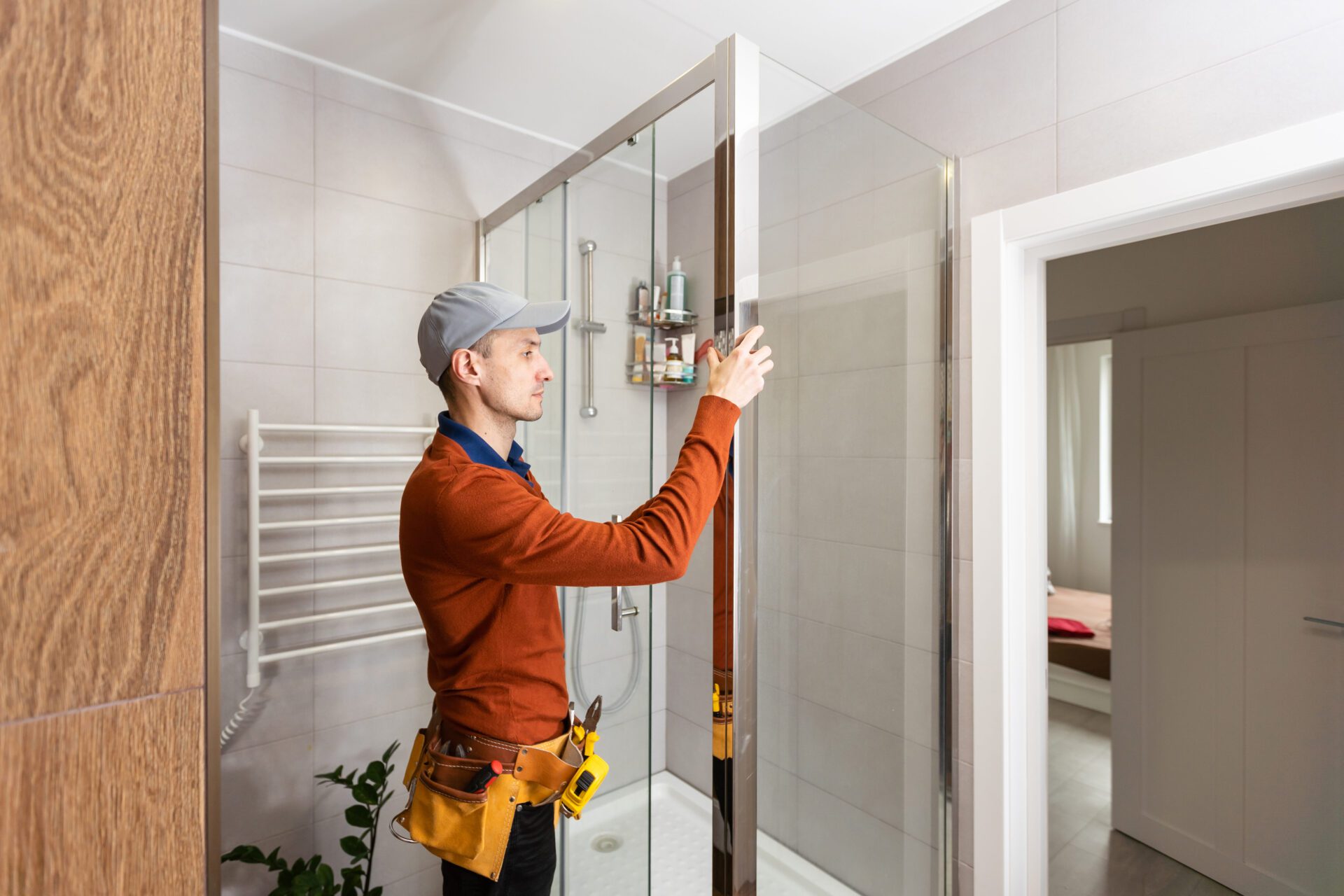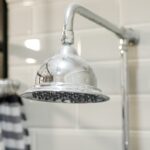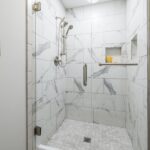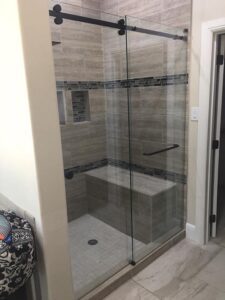
Safety is the number one priority when it comes to shower doors. After all, they’re installed in a place that easily gets wet and slippery. If you don’t know how to install these important doors properly and aren’t careful, you could risk yourself or others during use.
There are several steps to properly installing these doors for safety and longevity. Here’s what you need to know about how to install shower doors, how to avoid future problems, and how to ensure everything gets done correctly.
What to Consider
When it comes to shower door installation, one wrong move could result in a dangerous situation or cause the door to break prematurely. In order to avoid that, consider the following before installing your new shower door:
Glass Width and Thickness
The width and thickness of the glass used have a direct impact on its stability, durability, and performance. Thicker glass offers greater strength, but it also adds weight. Note that this may require additional support during installation.
It’s vital to select the right glass based on your shower enclosure’s design and size. The most common glass thicknesses for shower doors are 3/8-inch and 1/2-inch. In addition, determine the type of hardware to be used and your desired level of privacy and sound insulation.
Electrical Wirings
During the installation of your shower door, it’s critical to pay attention to nearby electrical wiring. After all, water and electricity don’t mix! An accident in the bathroom can be extremely dangerous.
Ensure any electrical outlets, switches, or wiring are safely distanced from the shower door and wet areas.
Door Swing
The direction your shower door swings when opened makes a significant difference in its functionality and safety. To make room for an excellent door swing, consider the following:
- Space constraints. Ensure the door swing doesn’t block access to other bathroom fixtures or create an obstruction in limited spaces.
- Hinge placement. The hinges should be attached to a sturdy support structure to bear the weight of the glass door.
- Inward or outward swing. Make sure that the door’s swing direction doesn’t cause water to splash outside the shower area.
How to Avoid Breakage
In order to ensure the safety and longevity of your shower door, follow these steps:
- Use tempered glass. Choose a shower door made of tempered glass designed to withstand impact and temperature changes.
- Consider regular maintenance. Inspect the shower door regularly for signs of wear or damage (chips or cracks), and address any issues promptly.
- Avoid slamming. Always close the shower door gently to prevent stress on the glass and the door’s hardware.
- Avoid hanging heavy items. Refrain from hanging heavy items on the shower door. This puts excess weight on the glass and hardware.
- Avoid harsh chemicals. When cleaning the shower door, use gentle, non-abrasive cleaning solutions to avoid damaging the glass surface.
- Proper door and shower installation. Make sure the door is installed according to the manufacturer’s instructions and recommendations.
Invest in Safety with Frameless Shower Doors
Suppose you want to improve the safety and longevity of your shower. Your next step is to then compare frameless and framed door showers. Frameless is made from tempered glass strong enough to resist breakage and impact. In addition, they are available in a range of styles.
But what if you need an expert to help? Shower Doors of Charlotte is your best bet for finding a qualified professional who ensures your shower doors are installed correctly. At Shower Doors of Charlotte, we believe in safety and longevity. That’s why we’re a leading provider of frameless shower doors for the Charlotte area.





